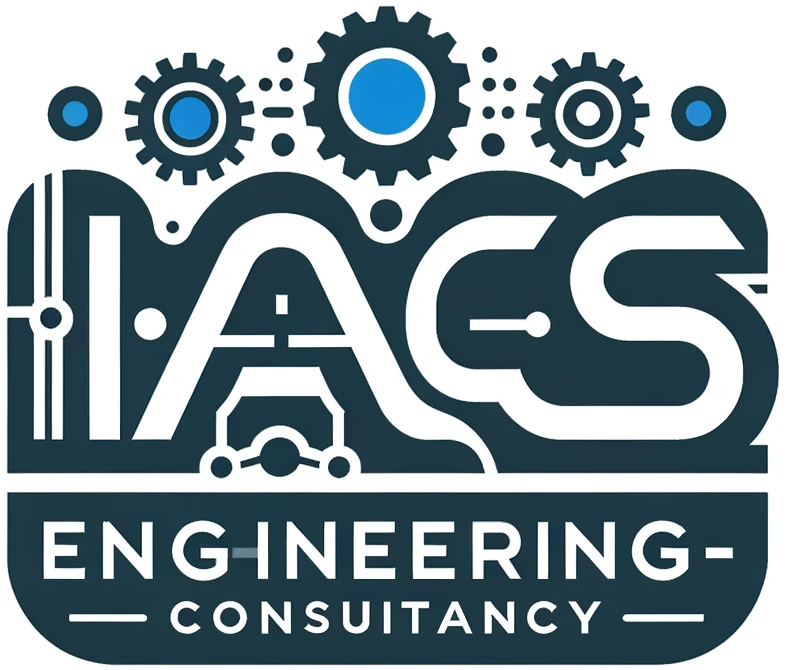Skip to content
Process Control Loop Components:
- Sensor: Measures the control variable (e.g., temperature sensor, pressure transmitter)
- Transmitter: Converts sensor signal into a standard format (e.g., 4-20mA current loop)
- Controller: Receives the signal, compares it to the setpoint, and calculates the output
- Control Algorithm: (e.g., PID) Determines how to adjust the manipulated variable based on error
- Actuator: Receives the controller output and physically changes the manipulated variable (e.g., control valve, heater)
- Setpoint: Desired value for the control variable
- Manipulated Variable: Variable adjusted to influence the control variable (e.g., valve position)
- Control Variable: Measured process variable to be controlled (e.g., temperature, pressure)
- Disturbance: Unplanned event affecting the process (e.g., change in raw material)
Process Control Loop Performance:
- Setpoint Tracking: Ability of the loop to maintain the desired control variable value
- Response Time: How quickly the loop reacts to changes in setpoint or disturbances
- Stability: Loop’s ability to return to the setpoint after a disturbance without oscillation
- Overshoot: Temporary rise above the setpoint after a change
- Undershoot: Temporary dip below the setpoint after a change
Process Control Loop Tuning Tips:
- Start with P control: Adjust P gain for desired response time.
- Add I control: Gradually eliminates offset (bias) from the setpoint. Adjust I time to avoid excessive windup.
- Use D control cautiously: Improves response time but can cause instability if overused. Adjust D time for smoother response.
Common Issues with Process Control Loop:
- Offset: Control variable consistently deviates from setpoint
- Oscillation: Control variable swings back and forth around the setpoint
- Slow Response: Loop takes too long to reach the setpoint after a change
- Excessive Noise: Random fluctuations in the control variable reading
Additional Notes:
- Consider process dynamics (response characteristics) when tuning the loop.
- Different control algorithms (e.g., cascade control, feedforward control) may be used for complex processes.
- Proper maintenance of sensors, actuators, and controllers is crucial for optimal loop performance
